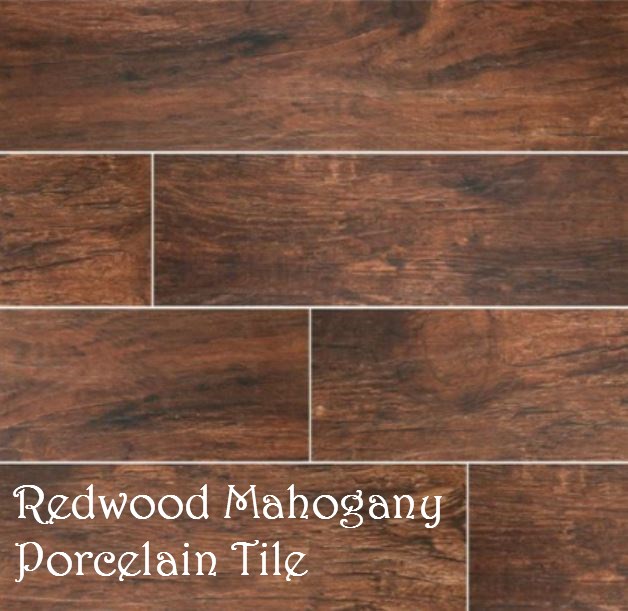Porcelain Tile Vs. Ceramic Tile - Is It The Same Thing?
November 18, 2013Similarities

Differences
The biggest differentiation between a porcelain tile and ceramic tile is the amount of water they absorb. This is a direct result of how they are created. Porcelain is created from a super-fine mixture of quartz, clay and feldspar which is fired at a higher temperature than most ceramic tile (around 1400° C), which makes tiles denser. To be considered a porcelain, the tile must have a water absorption rate of less than 0.5% after firing.
Though the difference between a 0.5% and 0.6%, for example, may not seem like a dramatic difference, absorption rates do come into play when we’re looking at application. Ceramic tile is not recommended for exterior use. Its basic makeup is similar to that of porcelain, but the firing is at a lower temperature of around 1100° C. Its water absorption rate is not regulated or tested as vigorously as is porcelain – an absorption rate greater than 0.5% means water may be absorbed more easily into the tile.
Because porcelain tile is denser, it is less porous, more impervious to the elements and is tough enough to be approved for outdoor use. This is one of the reasons porcelain tiles that mimic the look of wood are so popular – while an old-fashioned wood deck will need to be sealed and stained regularly against the elements, one made of porcelain, like our Redwood Mahogany Porcelain Wood tile looks like beautiful reclaimed wood but will withstand the elements better.

Porcelain tile may also be finished or glazed in a variety of ways to adapt to a greater variety of applications, from polished to flamed, or textured for outdoor application. They may even be textured to duplicate the feel of wood or natural stone. This texture is helpful for preventing slippage, especially in application for bathroom floors or around pools and other outdoor water features.
Ceramic tile does have an advantage when it comes to installation. Because it is less dense, it’s softer composition means it is easier and more forgiving when it comes to cutting. This makes ceramic a better material for a do-it-yourself project, as porcelain installation is best tackled by a professional.
Anyone who says tile is tile is only looking at the surface of the material. The differences between porcelain and ceramic tiles go much deeper! Explore MSI’s extensive collection of porcelain, including porcelain floor tiles and beautiful porcelain mosaics!
READ MORE ABOUT THE DIFFERENCES BETWEEN PORCELAIN AND CERAMIC TILE
Porcelain Tile Or Ceramic Tile: Which Is Best For Floor Tile?
Porcelain Tile That Looks Like Slate Vs. Real Slate Tile
Porcelain Tile Vs. Ceramic Tile For Heavy Traffic Walkways

